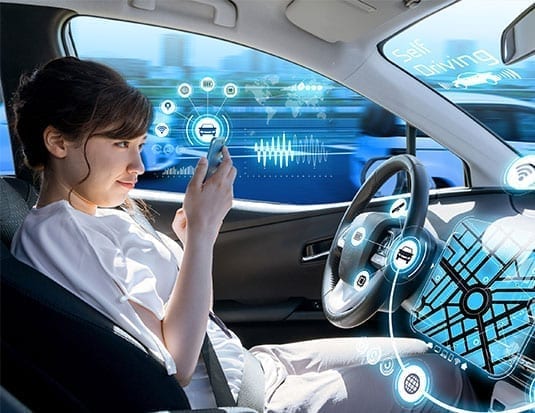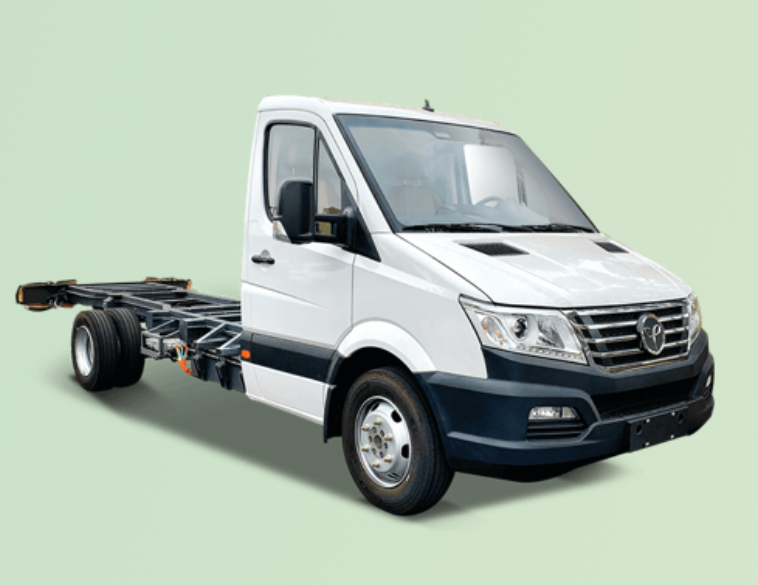Original Equipment Manufacturers (OEMs) are forming partnerships with technology companies and investing in real-time contextual navigation services.
OEM embedded navigation is standard in premium automobile models, even though the mass-market tends to use smartphone interface technologies like Apple Car Play and Android Auto. Now, though, OEMs are attempting to improve current embedded systems with human-machine interface (HMI) solutions that would ensure reduced driver distraction.
“OEMs have been focusing on incorporating built-in virtual assistants powered by Artificial Intelligence (AI) and natural language programming (NLP) to add more functionalities to the intelligent in-vehicle infotainment (IVI) system,” said Anubhav Grover, Mobility Research Analyst at Frost & Sullivan. “For instance, in addition to employing third-party assistants such as Microsoft Cortana, Amazon Alexa, and Google Assistant, OEMs like Toyota, Nissan, and Honda have built car-specific, in-house assistants.”
A recent analysis by Frost & Sullivan examines the North American, South American, European, and Chinese markets for solutions to automotive navigation systems. It looks at market drivers, restraints, trends and recent developments in the market, and recommendations based on the current value chain dynamics. The study also presents unit shipment forecasts analysis of OE navigation, subscribers to smartphone navigation and the popularity of different car interfaces.
This study is called the Global Automotive Navigation System Market Forecast to 2025’ and is part of Frost & Sullivan’s global Automotive & Transportation Growth Partnership Service program.
“While North America will continue to lead the adoption of navigation solutions, the higher penetration of Long-Term Evolution (LTE) and massive production capacity in China are positioning Asia-Pacific as the next big region for OEMs,” noted Grover. “Besides, with foreign technology companies facing regulatory barriers placed by the Chinese government, MirrorLink and the Baidu CarLife will gain significant shares.”
Tier-1 companies have begun to partner with tech companies to leverage Internet of Things (IoT) applications to add connected services data with navigation and location-based services.
They will also aim to:
- Merge real-time information with AI and deep learning to enhance and expand navigation and location-based portfolio with personalized and contextual information;
- Deliver an improved digital experience to customers for new revenue streams;
- Offer bundled services through the Data-as-a-service business model utilize mobile wallets and e-payments to create in-car payments methods;
- Cover a wide range of models and be the first to launch embedded navigation solutions products.
- Invest in making technologies economically feasible.



